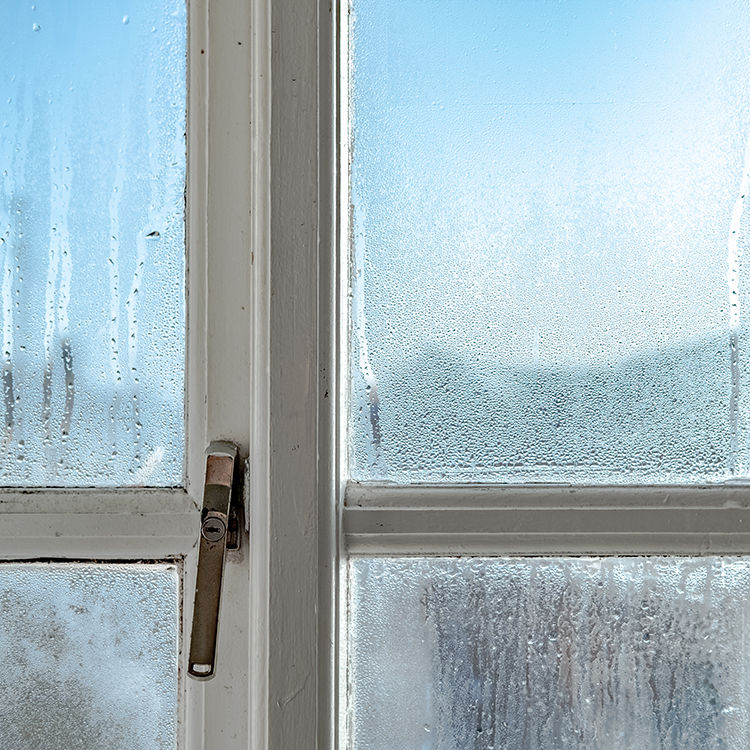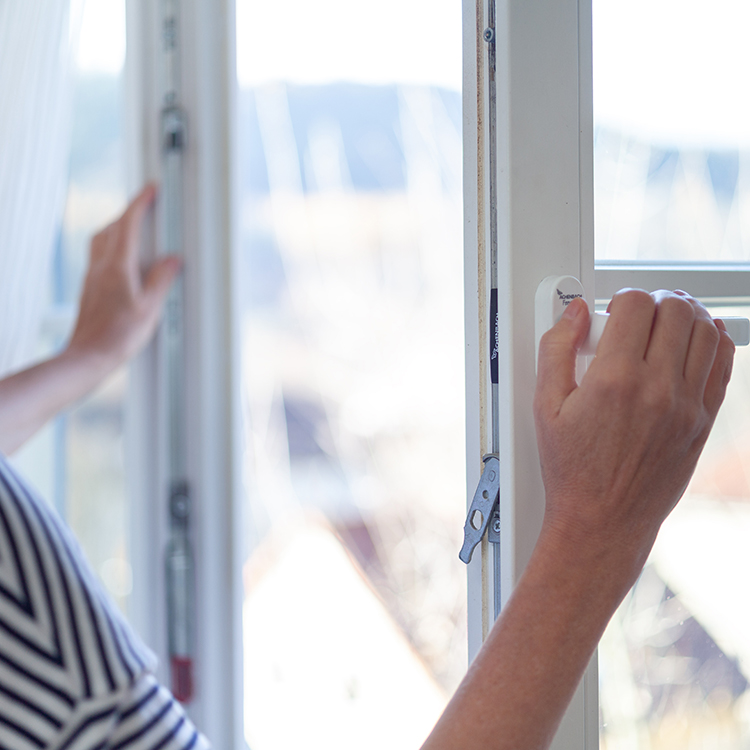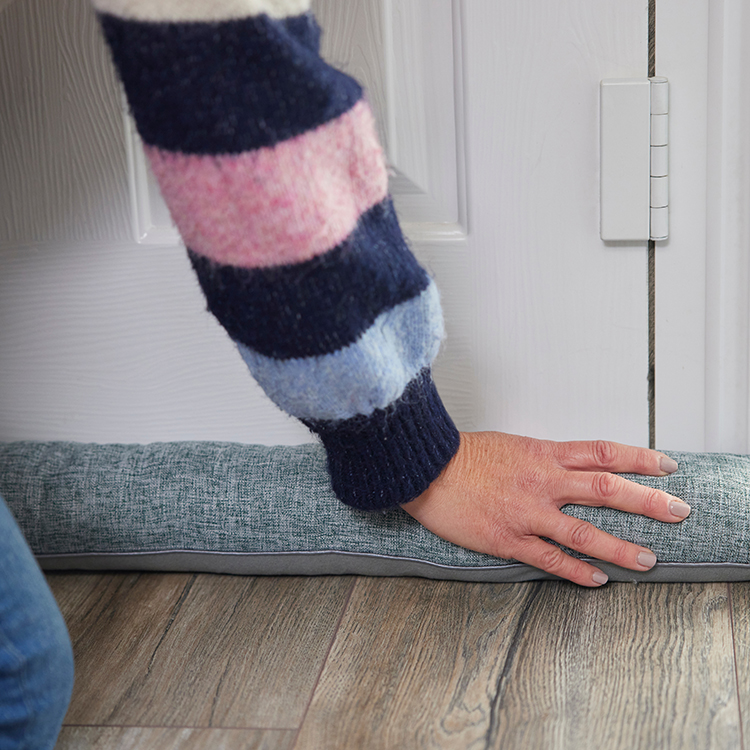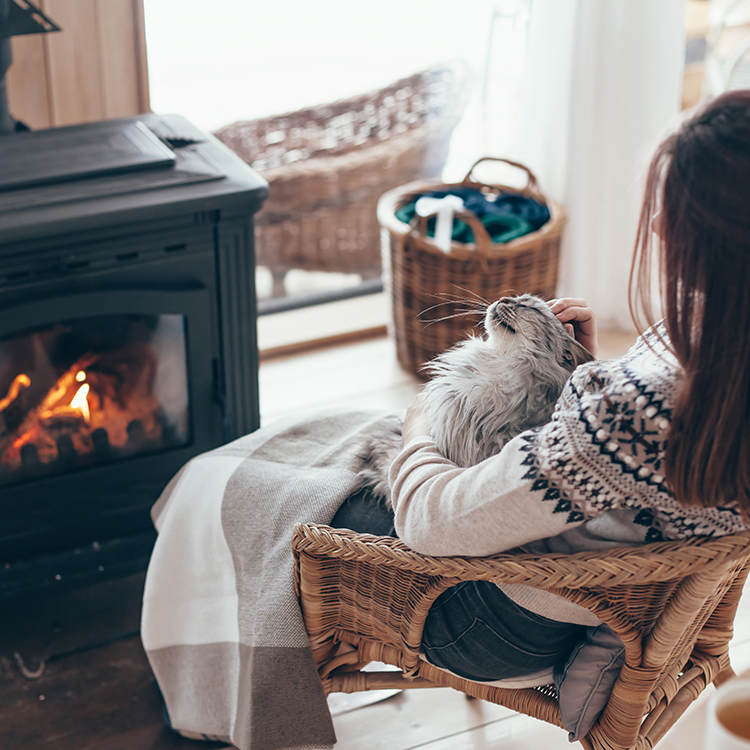
Meet the maker: Eiderdowns by Anita
Eiderdowns are the lush, nostalgic and beautiful bedding option that's perfect for winter. We meet Anita Carter, who makes them by hand.

Stay warm, dry and cosy this winter with these easy and cost-effective tips.
Kiwi homes are notoriously cold and drafty, and although the Healthy Homes Initiative is making a positive impact, for many New Zealanders winter still features weeping windows, mouldy clothes and eye-watering heating bills.
Keen to stay cosy without breaking the bank? Here are the top four issues you need to tackle:

A damp home is not only bad for your bank balance but also your respiratory system, so sorting condensation should be your first step. There are so many ways moisture gets into our homes. Did you know that cooking can add up to 3L of moisture a day, and showers and baths contribute up to 1.5L a day per person? Worse still, up to 40L a day can evaporate up from the ground through our floors. So, check under your house for dampness, fix drainage, guttering, downpipe or plumbing problems, and consider covering the ground with heavy-grade polythene.

We have more to thank Germany for than beer and Birkenstocks. Lüften is their practice of opening all the windows for a short burst every day to boost air quality, reduce moisture and prevent mould. It may seem counter-intuitive when temperatures are plummeting, but five to ten minutes of intense ventilation each day will refresh the air without giving walls and floors time to cool down. Incorporate Lüften into your daily routine and your home and health will thank you for it.

A whopping 42% of heat is lost through our ceilings, and another 10% through our floors. Prioritise ceiling and underfloor insulation before ticking off these more affordable hacks.

According to the World Health Organisation, the temperature of our homes should be at least 16ºC in our bedrooms and 18ºC in our living areas, which means that good heating is essential in the winter months. First up, ensure your existing heating is well maintained and functioning efficiently. If you have a fireplace clean your chimney at the start of every winter, and if you’ve got a heat pump, vacuum the filter every three months to maintain peak performance (and while you’re at it, vacuum the lint filter in your clothes dryer to reduce running costs).
This story is from the Winter 2025 issue of AA Directions magazine.